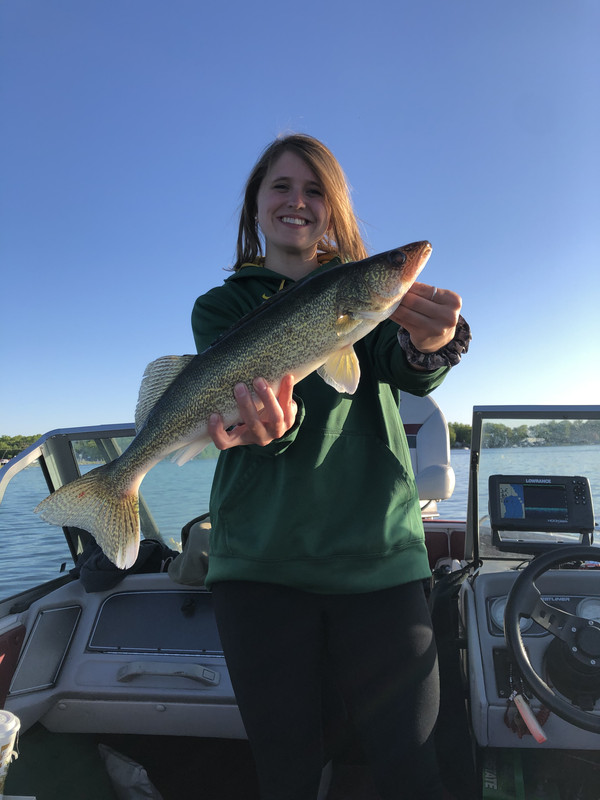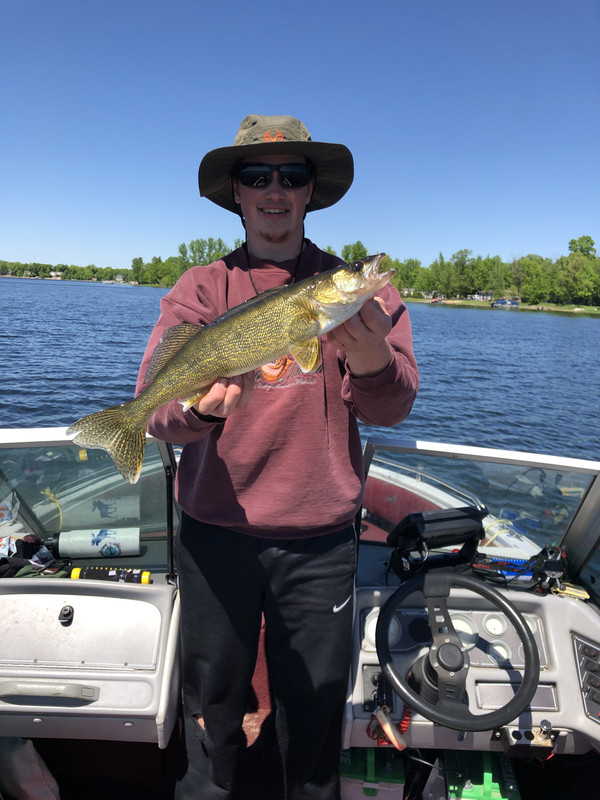Nothing replaces years of experience, but you’ve asked one of the best questions I’ve read in a while.
First is understanding that body of water. What is the “generic” pattern in relationship to time of year, food source, spawn, moon phase,….and so on. Is it a shallow basin or deep basin? Suspend, dense weed mats, flow age/current.
Once you piece together those parts, break the water down to micro areas of suitable habitat. Example – early post spawn, deep basin with a weed flat very close to a gravel spawning area. Right after spawn, <strong class=”ido-tag-strong”>walleyes will move to the greenest weeds in the area and feed heavily. When the major or minor times line up with sunset or shortly after, slaughter fest! Don’t hesitate to rip lipless baits right through the weeds. Or if your limited to daylight times, you may need to slow down and be more methodical. Pitch ringworms to all the holes in the weeds.
For late post spawn, those fish may be transitioning the food source and feeding along rock piles. Then split your time on deeper weed line edges and rock humps. If you can dial me n schools and their movements, you’ll identify if they come out of deep water or weeds to feed on rock or sand flats… I always try to figure out where they came from and where they are going. Again, break the water down to the smallest possible suitable habitat for your conditions.
Personally I think shallow basin with limited to no substance of structure is the most difficult. Often they will school and roam. Those tend to be trolling because you need to cover a lot of water to stumble onto them or identify the very limited structure that exists
I will research walleye patterns more, I believe that is a huge piece of the puzzle that I am missing. When I find some good resources, I will share them here!
I have a pretty good idea of how to read maps and understand what the lines mean. Not as good of an idea of how walleyes specifically utilize said structure. I think understanding their behavior more will help me a lot with that.
I’m not afraid to fish in the weeds, move around, and switch baits. So that’s a bonus I guess
For sake of even having a place to start…
Is it reasonable to start shallow, and on good structure, pitching with a jig and a minnow, move to a crank, then as I move out/get to more open water/weed line scenarios start with the different “cover water” presentations such as lindys, bottom bouncers, spinner ect type rigs?
I’m starting to believe that most guys start with their favorites and just keep moving down until they find one that works, and then tune it in from there.
Sometimes I feel like a woodpecker in a petrified Forrest. Just keeping busy and looking for opportunities!



